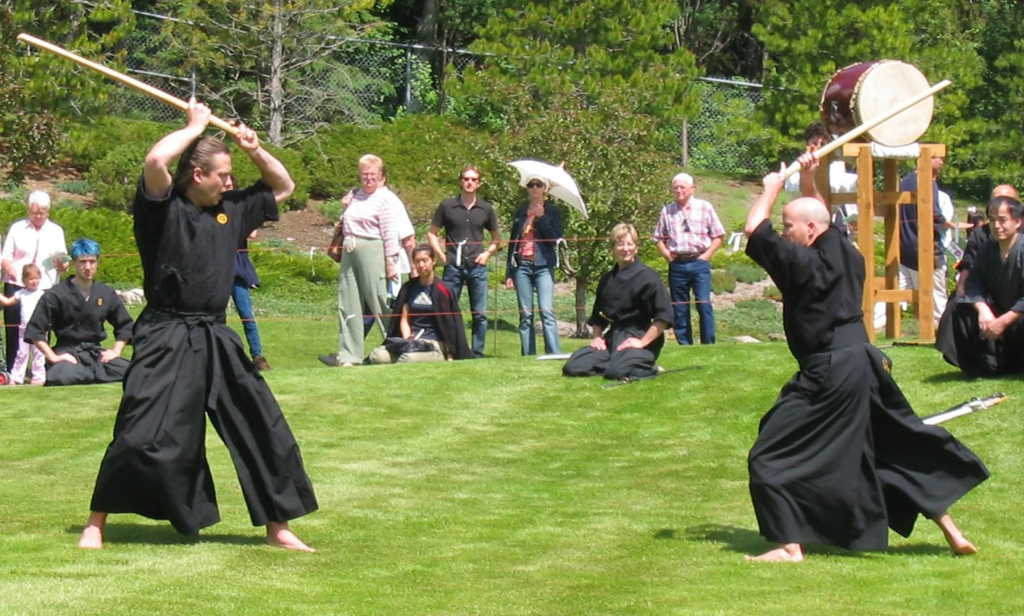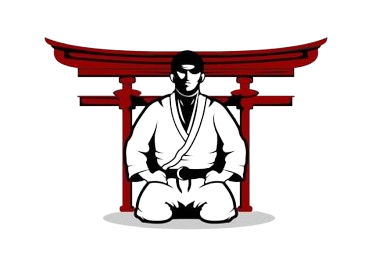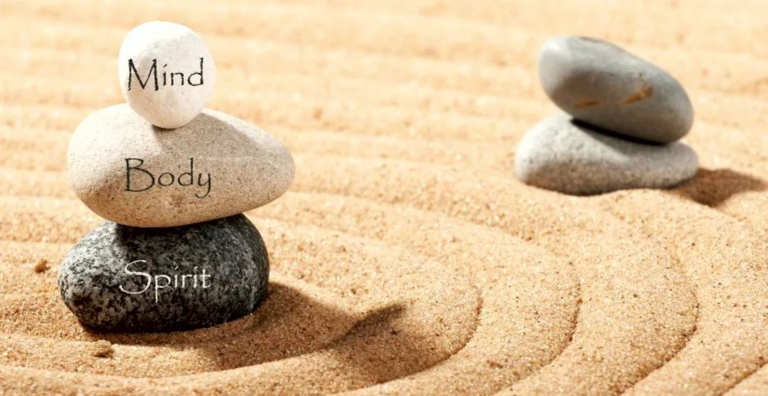Traditional vs. Modern Martial Arts Training Methods

Martial arts, deeply ingrained in various cultures, have evolved over centuries. The ongoing debate between traditional and modern training methods reflects the dynamic nature of martial arts. This article delves into the key characteristics of both approaches, exploring the benefits and challenges associated with traditional and modern martial arts training.
I. Traditional Martial Arts Training Methods: A. Historical Roots: Traditional methods are rooted in centuries-old practices, often passed down through generations within specific martial arts styles. B. Emphasis on Forms and Kata: Traditional training places significant importance on prescribed forms and kata, designed to instill discipline, technique, and cultural values. C. Sensei-Student Relationship: A hallmark of traditional martial arts is the close mentorship between sensei (instructor) and student, fostering a strong sense of respect, loyalty, and lineage.
II. Modern Martial Arts Training Methods: A. Cross-Training and Integration: Modern approaches often incorporate elements from various martial arts styles, promoting a well-rounded skill set and adaptability. B. Sports Science and Technology: Utilizing advancements in sports science and technology, modern training methods focus on optimizing physical fitness, nutrition, and recovery. C. Practical Application: Modern martial arts prioritize real-world effectiveness, emphasizing practical self-defense and scenario-based training over rigid adherence to forms.
III. Benefits of Traditional Methods: A. Preservation of Cultural Heritage: Traditional training methods serve as custodians of cultural heritage, preserving ancient techniques, rituals, and philosophies. B. Character Development: The emphasis on discipline, respect, and loyalty in traditional training contributes to holistic character development, instilling values that extend beyond the training mat.
IV. Benefits of Modern Methods: A. Adaptability and Efficiency: Modern training methods prioritize adaptability and efficiency, allowing practitioners to incorporate the most effective techniques from various styles. B. Scientific Approach: Utilizing scientific principles enhances physical conditioning, injury prevention, and overall performance, contributing to the longevity of practitioners’ careers.
V. Striking a Balance: A. Hybrid Approaches: Many martial artists and schools adopt hybrid approaches, combining traditional principles with modern training methods to create a well-rounded and effective training regimen. B. Individualized Training: Recognizing that one size does not fit all, some practitioners and instructors tailor training methods to suit individual learning styles, preferences, and goals.
Conclusion: The debate between traditional and modern martial arts training methods underscores the dynamic nature of this ancient discipline. While traditional methods honor cultural roots and foster character development, modern approaches prioritize adaptability, efficiency, and scientific principles. Striking a balance between tradition and innovation allows martial artists to benefit from the best of both worlds, ensuring the continued evolution and relevance of martial arts in the contemporary world.



